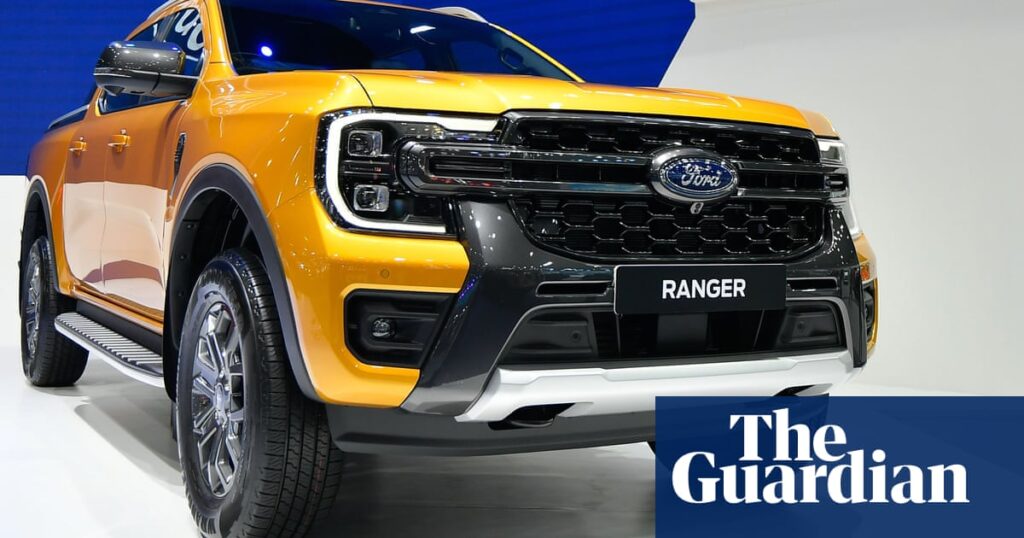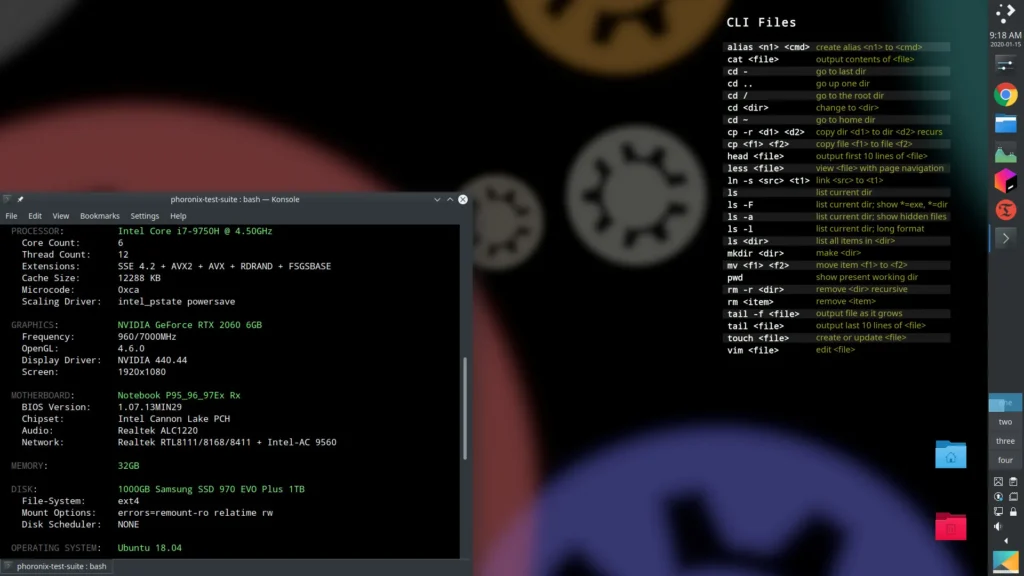Australia’s enthusiasm for fuel-guzzling SUVs and utes is continuing to flourish – with large cars dominating the list of the top 10 most purchased cars of 2024 – but one small car has experienced a resurgence in popularity.
Toyota’s Corolla was the only passenger car on the list – the eighth-most popular car with 24,027 models sold – according to new data from the Federal Chamber of Automotive Industries (FCAI).
Ford’s Ranger ute retained the top spot that it seized the year prior from its main ute competitor, the Toyota HiLux, with 62,593 models sold.
The HiLux dropped to third, selling 53,499 units. It was usurped by Toyota’s RAV4 SUV, which was the second-most popular new vehicle with 58,718 sold.
Overall, there were 1,220,607 new vehicles sold in Australia in 2024 – smashing the annual record set in 2023 by 0.3%, or about 4,000 extra vehicles, according to FCAI.
Not only are Australians buying more cars than ever, but appetites are continuing to shift from smaller to larger vehicles.
Most of the new vehicles sold in 2024 were SUVs, with 695,566 – or about 57% – of all purchases, as sales of this category increased by 2.4% on the previous year.
Light commercial vehicles – a category that includes utes – were the next most popular class of car, accounting for 270,351 – or about 22% – of all newly purchased vehicles in 2024, representing a slight drop of about 1.4% compared with 2023.
Passenger cars – which cover sedans and hatchbacks – suffered the steepest drop-off in popularity, accounting for 203,384 units, or about 17% of all purchases, and representing a 3.8% decline in sales in the category from 2023.
after newsletter promotion
Heavy commercial vehicle sales, which include trucks and buses, remained relatively stable, with 51,306 sales, or about 4% of the market.
Experts have previously pointed to manufacturers doubling their spend on advertising SUVs and utes over the past decade, and various tax perks, such as the instant asset write-off scheme as factors that have been nudging Australians towards larger vehicles in recent years.
As a result, Standards Australia has proposed increasing the required length of off-street parking spots by 20cm to accommodate the influx of larger vehicles.
Isuzu’s D-Max ute, Mitsubishi’s Outlander, Toyota’s LandCruiser and Ford’s Everest ranked fourth, fifth, sixth and seventh respectively, while Mazda’s CX-5 and MG’s ZS rounded out the top 10.
The re-entry into the top 10 of the Toyota Corolla – which was the country’s most popular car in 2014 but dropped out of the list entirely in 2023 – represents a smaller sub-trend for smaller, more economical-to-run vehicles among the broader trend towards large SUVs and utes.
Electric vehicles also gained momentum, with about 114,000 sales, or just under 10% of market share.
Despite this growth in purely battery-electric and plug-in hybrid vehicles, the rate of growth dropped off as 2024 progressed, outshone by the rising popularity of traditional hybrid vehicles, in part due to tax concessions and growing range anxiety. Traditional hybrid vehicles recharge from regenerative braking and only run on batteries at slower speeds before the combustion engine kicks in.
The FCAI chief executive, Tony Weber, said that despite strong sales, cost-of-living pressures and interest rates had led to a drop-off in purchases in the second half of 2024.
“Customers are also increasingly making choices regarding environmental outcomes and the associated total cost of ownership of moving to low-emissions technologies,” he said.
Weber predicted that while “consumer preferences remain clear with SUVs and light commercial”, the new vehicle efficiency standard – which came into effects on 1 January and places a cap on the emissions from new cars to incentivise carmakers to supply low- and zero-emissions vehicles as part of their overall fleet in the Australian market – will lead to higher prices for the most popular vehicles.

